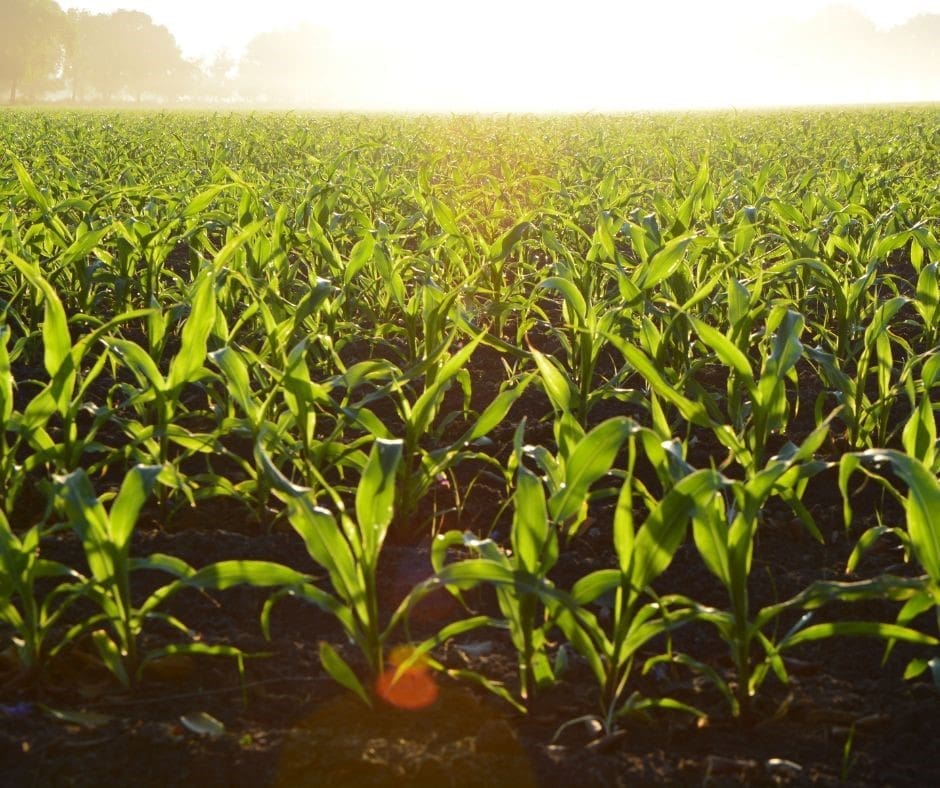Using yield data is essential for managing unproductive areas in your fields, even for those who don’t have yield maps. Most farmers likely have an awareness of which locations are less productive and should have a plan for addressing those areas.
Often, these unproductive spots are managed the same as the rest of the field but can lead to financial losses. According to Farm Progress, continuing to plant and fertilize these areas is a losing proposition, especially on rented land where you’re paying for inputs that yield little in return. Many farms have at least a few areas that should be taken out of production, with some operations dedicating over 10% of their cropland to these unproductive sites.
While some argue that low, wet areas may perform well in dry years, a single good year does not necessarily offset the losses incurred in other years. In addition, many of these unproductive zones are environmentally sensitive. For example, a low spot with a tile riser can channel surface water runoff, carrying nutrients and pesticides into nearby water bodies. Eroded areas are more likely to contribute topsoil and sediment to streams and rivers.
Planting these unproductive spots with grasses and legumes for wildlife and pollinator habitats is a beneficial alternative that can help reduce input costs. Financial assistance may be available from the Natural Resources Conservation Service or conservation partners to help establish wildlife areas or pollinator plots.













